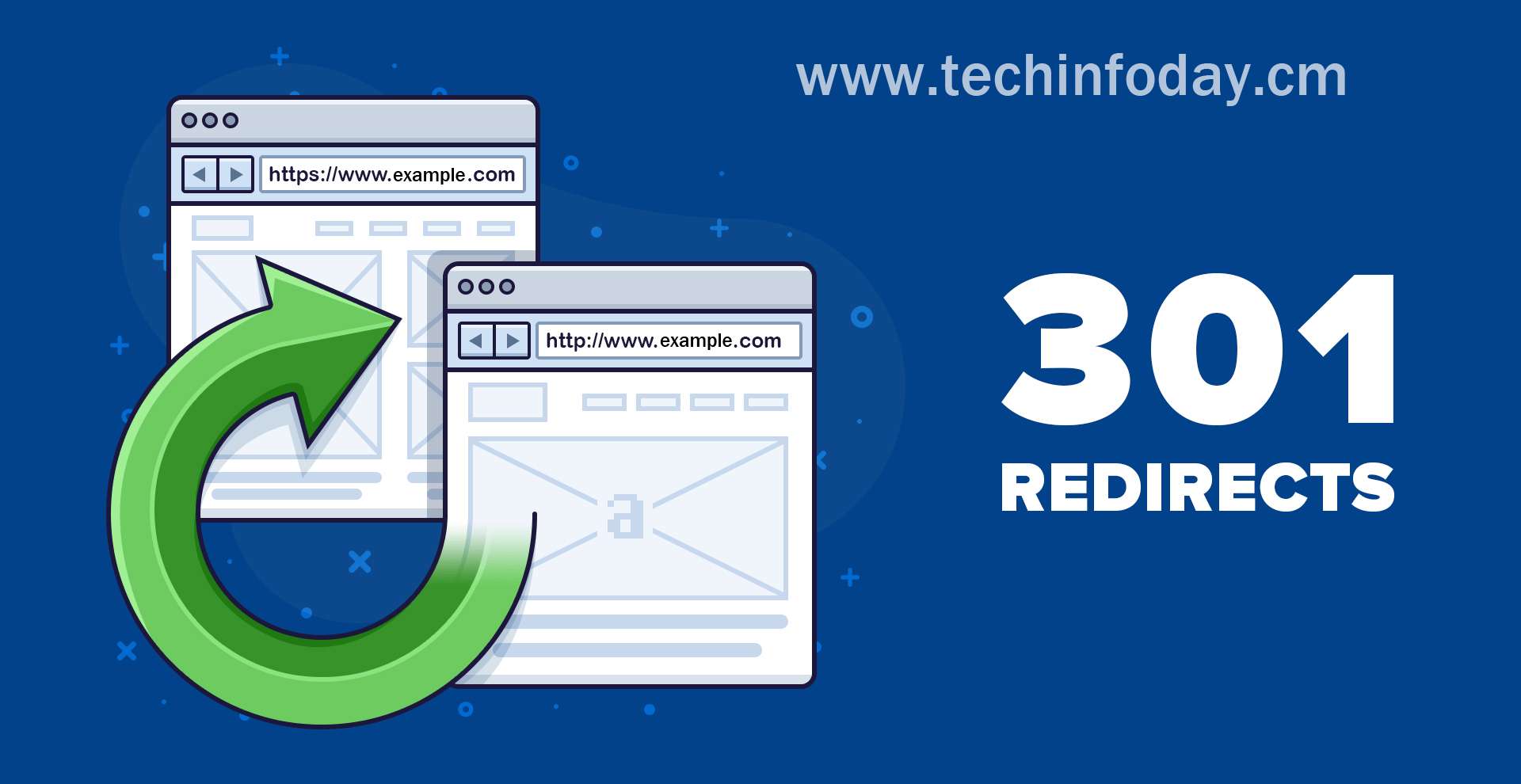Table of Contents
introduction
If you’ve been in the marketing industry for a long time, you know the relevance of email marketing strategy to your business relationship with your customers. Most importantly, you understand the impotance of email deliverability in managing your subscribers.
As much as you know about the basics of email, there are more things you need to know in order to have a successful email program. In this article, we’re going to talk about email deliverability, why it’s important, and how you can improve it. But first let’s define it.
What is email deliverability?
Email deliverability the ability to send it to a company’s inboxes. For other marketers, it deliverability what helps them communicate with their subscribers not only about advertisements and promotions, but also about the address of bulk emails that limit bandwidth, bounce, and spam.
1140×606 email deliverability
Because it is important?
While it deliverability may not be a priority in other companies’ marketing strategies, there are some considerations as to why your top recommendation to get the highest return on investment.
Compared to other digital marketing channels, it’s marketing has proven to be more efficient in terms of ROI. This because people spend more time checking emails now than they did a few years ago. This translates into high subscriber engagement time or a 21% revenue growth for the company sending email.
The ability of emails to reach your target subscribers important in laying the foundation for a good return on investment. With increasing competition between businesses, marketers today want to trust recipients to get it in their inboxes. Because if you don’t, you won’t be able to interact with the company’s brand through emails or anything else.
As mentioned above, email generates the highest return on investment with a return of $ 44 per $ 1. it clearly plays an extremely important role in today’s digital marketing industry as it has the potential to be very profitable.
and email Deliverability vs. Email Deliverability
Despite having the same root, delivery and deliverability are two different words with different meanings that all businesses shouldn’t confuse. To explain it better, here are their definitions:
Email delivery
This the case when the email has been successfully delivered to the receiving server.
Email deliverability
This is when the email successfully reaches the recipient’s inbox.
It’s important to understand that for some common reasons, not all it can successfully reach the subscriber’s inbox. In other words, good it deliverability more common than good it deliverability. Therefore, when this happens, most email service providers send a notification or an error message that the message was returned.
With this information, we can accurately measure the delivery rate of emails. If an it was not sent, this usually indicates a delivery error that suffering from a soft bounce or a hard bounce.
Soft jump
In email marketing, a soft bounce means that the email got too far on the recipient’s server, but due to:
Email 3249062_1280
– The server was down
– The size of the email file was too big.
– The recipient’s inbox is full.
Most of the time, a soft bounce it temporary and can be automatically delivered within 72 hours, which the standard deadline for sending an it again.
Hard impact
In email marketing, a bounce means that the email couldn’t be completely delivered, mainly if the recipient’s email address doesn’t exist or isinvalid (this can happen if the domain name wrong, incorrect, or weird ).
A returned it a permanent error; H. the email not forwarded at any time of the day
Tips for improving email deliverability
While both soft and hard bounces put your email deliverability at risk, there are a few tips you can use to improve that setting.
Email delivery best practices
Maintain a hygienic email list
Maintaining a clean it list can be difficult, but it an important step in email marketing. There certain software that will automatically remove inactive subscribers from your list so you don’t have to pay them to send emails.
Stay in touch with your subscribers
One of the best ways to ensure that your emails are correctly delivered to their recipients to send them regularly with good and engaging content.
If your recipients like what you’re sending, you can expect them to be interacting with your email.
On the other hand, recipients who don’t reply won’t bother to open your emails. Therefore, they can often end up in the spam folder.
This technique also allows you to reconnect with your recipients via a daily newsletter that you haven’t opened for a month.
Delete inactive subscribers
After you’ve exchanged your email with your recipients again and still haven’t received a response from them, you should remove your inactive subscribers to keep your list intact and to prevent spam triggers from affecting your capacity status. Delivery.
Use a spam filter
Spam filters will make your life easier. This makes it easy to isolate your active subscribers from the inactive ones. When managing email deliverability, be careful not to leave spam messages in your inbox that could lead to malicious content. Invest in spam filters to protect your it management system.
Following these tips is critical to effectively managing the deliverability of your email. However, there are hundreds of application software on the online marketplace that you can buy to make the job easier and faster.




